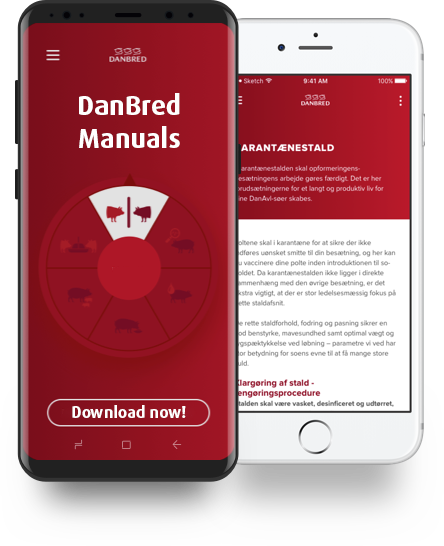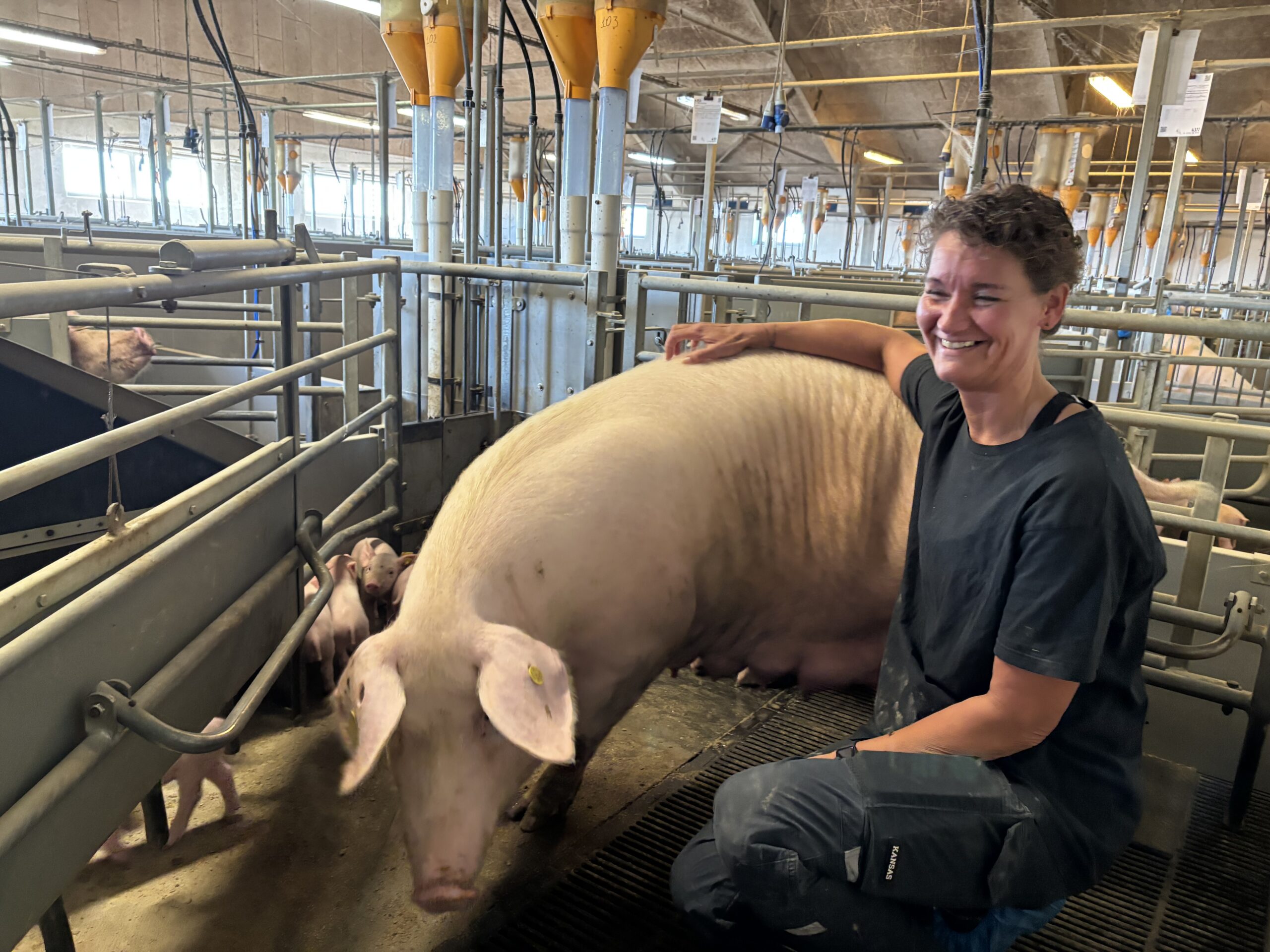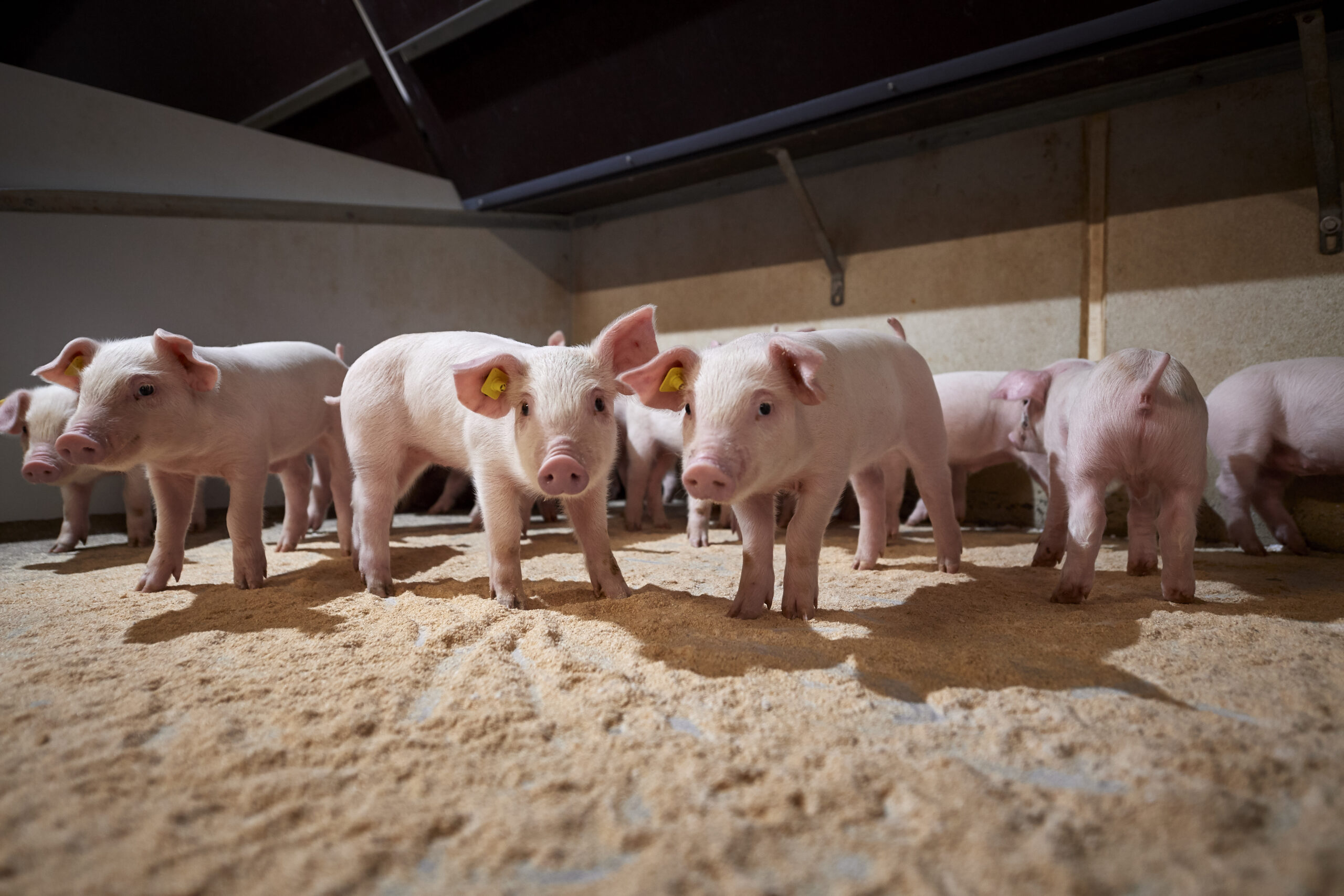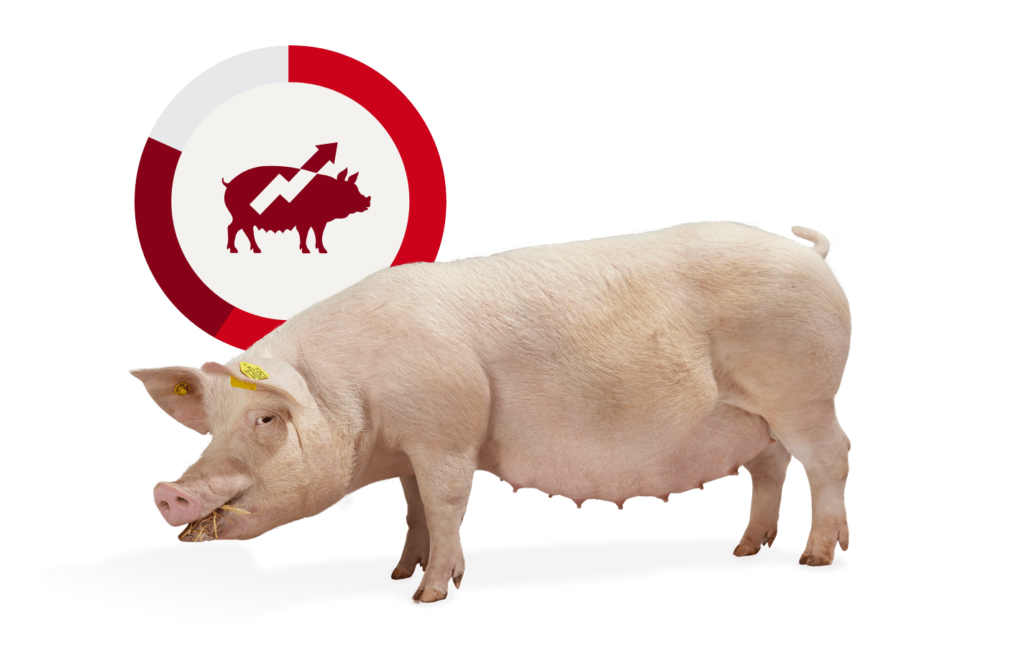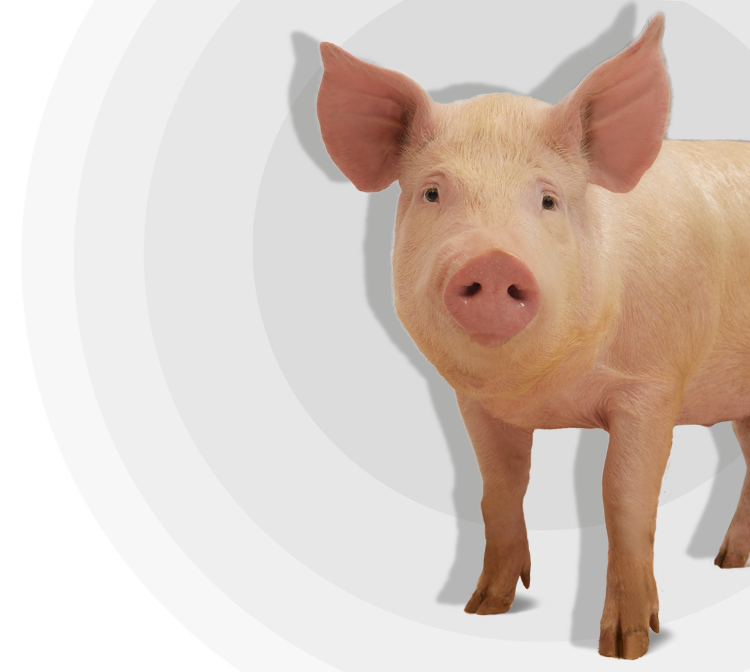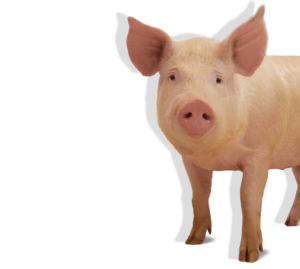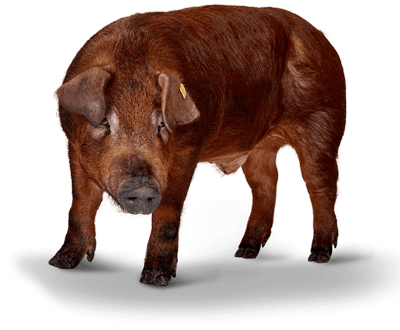This is the second of two articles on breeding for robustness in pigs. This article focuses on sow longevity. The first article covered conformation.
by Lizette Vestergaard Pedersen, Consultant and Bjarne Nielsen, Chief Scientist, Danish Pig Research Centre.
Robust pigs are healthier, stronger, more resistant to changes in their environment and maintain a high productivity. Therefore, pig breeding companies include indicator traits for robustness – such as conformation and longevity – in their breeding goals.
Longevity – an indicator for robustness
Sow longevity (Longevity) is an indicator trait for robustness. Longevity is generally defined as the length of productive life of a sow. In pig production, this most often reflects the sow’s ability to avoid being culled and, thereby, its ability to keep reproducing piglets.
The environment affects longevity
Longevity is affected by the environment in which the sows live. A vital factor is the strategy used by the farmer to cull the sows. The culling strategy is influenced by herd-specific procedures, except in cases where animal welfare or biosecurity guidelines necessitate involuntary culling. These guidelines describe when sows should be culled. However, the farmer’s own opinion of what constitutes a good production sow will also influence the culling decision. The differences in culling strategies between herds make it difficult to identify what is required for a sow to achieve high longevity. In general, the reproductive ability of a sow is influenced by different factors relating to both voluntary and involuntary culling.
Longevity is, however, an important aspect of maintaining highly efficient and healthy sows in the pig pro-duction industry. Moreover, a robust sow with a long reproductive life must be considered a more sustainable sow, than a sow with a shorter reproductive life. Because she reproduces more litters in her lifetime, which means the farmer can produce the same amount of litters with less sows.
Genetic progress is possible
As longevity is partly genetically determined, it is possible to attain genetic progress. However, to achieve potential genetic gain for longevity, it is important to consider genetic correlations to other traits before including the trait in a breeding index. Studies from 2007 and 2014 showed that longevity-related traits had a favorable genetic correlation with conformation scores in young sows . This means that a strong and healthy sow is more likely to come into heat after weaning its first litter.
The trait conformation alone does not cover all the information for a robust animal, whereas the trait longevity includes information on the sow’s reproductive lifetime. Therefore, selecting for both longevity and con-formation will increase the level of robustness among production sows.
Just as conformation, longevity has an unfavorable genetic correlation with common production traits (average daily gain, lean meat percentage and backfat thickness). This highlights the importance of including robustness traits such as longevity and conformation in the pig breeding goal – where demands for high productivity are increasing – to ensure a sustainable and balanced breeding goal.
Selection for longevity
Longevity is not easy to select for: Phenotypes are recorded at culling, and a culled sow cannot be used for breeding. It can, therefore, take several generations to collect enough longevity data. In pig breeding, we select the best animals among the young boars and gilts. Therefore, it is necessary to gather information on longevity from the young animals’ dams, grandmothers, and aunts. Information on longevity is distantly related between the young gilts and boars selected for longevity and the offspring for the next generation, whose breeding values we wish to know. This makes it very difficult to calculate useful breeding values for longevity. This also leads to a reduction in genetic gain, as the accuracy of breeding value estimation from relatives is proportional to the degree of relatedness.
Another challenge is the interaction between the production environment and longevity, which makes longevity more difficult to select for. The culling strategy in multiplier herds often relies on breeding values, as they aim to provide their customers with the best possible sows. This is reflected in the number of litters per sow in the two herd types. On average, DanBred multiplier sows have 2.2 litters, which is below the average number of litters for a DanBred production sow. This results in a discrepancy between longevity in production sows, in which the trait has to work (or to be expressed), and sows in multiplier herds, from which the information is collected.
New breeding methods for longevity
In DanBred, there is an increasing focus on the sow’s longevity. A new Ph.D. project at the Danish Pig Re-search Centre seeks to improve the methods used to select for longevity in the DanBred breeding program, and thereby increase the genetic progress in longevity.
The main goal of the project is to investigate the challenges surrounding the discrepancies between data on longevity from multiplier herds and the longevity of production sows. These discrepancies can be attributed to different culling strategies in multiplier and production herds. The project will use longevity data from DanBred production herds to develop mathematical models that will further improve the selection for lon-gevity in the DanBred breeding program and increase the genetic gain in future selection.
“Using data from production herds rather than data from multiplier herds will solve the first challenge in rela-tion to breeding for longevity, but it will also create new challenges. Production sows are rotationally cross-bred. This is a challenge, as most of the breeding value estimation methods are based on purebred animals, and these methods have primarily been extended to only cover breeding value estimation of F1 offspring. However, we will solve this challenge by using relatively untouched methods for genetic analysis in cross-bred animals regardless of their composition of breed,” says Ph.D. student Bjarke Grove Poulsen, who just started the project.
Improving the method for selection of longevity in the DanBred breeding program will increase the robust-ness and sustainability of future DanBred sows.
Facts
- Measuring longevity:
- Longevity can be measured as either the number of days from birth to culling, or the number of days from first farrowing to culling. But it can also be measured as the number of litters produced or total production of piglets.
- Genetics of longevity:
- Longevity is a low-to-moderately heritable trait. Estimated heritability in studies on Landrace and Yorkshire pigs typically vary between 0.08 to 0.17 . The variation in heritability is not only due to breed differ-ences, but also due to data quality and differences in the environments in which the trait is recorded.
- Longevity in DanBred’s breeding goals:
- Longevity has been part of the breeding goals for DanBred Landrace and DanBred Yorkshire since 2006. It is defined as the probability that a sow will be mated after her first litter, which serves as an indicator of the reproductive lifetime of the sow.
- Phenotypic records on longevity are obtained from DanBred’s multiplier herds. The phenotype of longevity is available for individual sows at the same time as recordings of litter size of first parity. Thereby, you avoid a time lag, which would often be problematic if longevity was recorded over the total lifetime of the sow.


